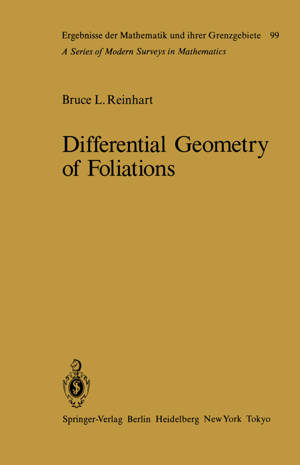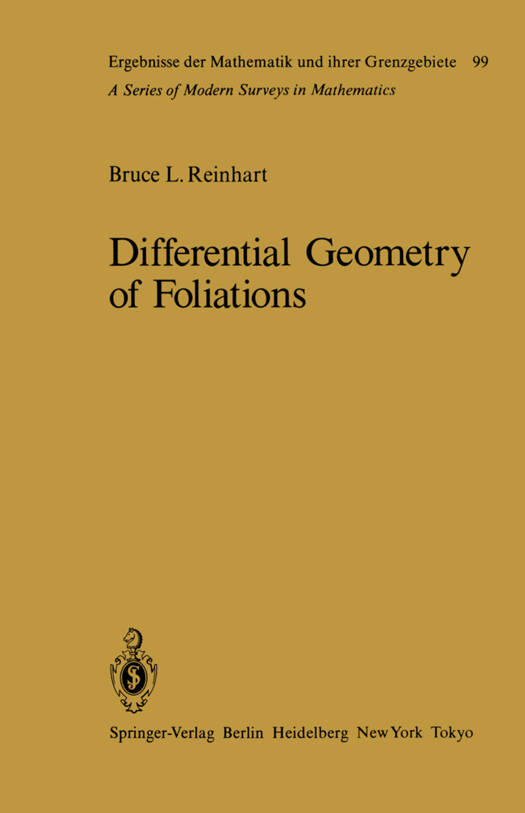
Bedankt voor het vertrouwen het afgelopen jaar! Om jou te bedanken bieden we GRATIS verzending (in België) aan op alles gedurende de hele maand januari.
- Afhalen na 1 uur in een winkel met voorraad
- In januari gratis thuislevering in België
- Ruim aanbod met 7 miljoen producten
Bedankt voor het vertrouwen het afgelopen jaar! Om jou te bedanken bieden we GRATIS verzending (in België) aan op alles gedurende de hele maand januari.
- Afhalen na 1 uur in een winkel met voorraad
- In januari gratis thuislevering in België
- Ruim aanbod met 7 miljoen producten
Zoeken
€ 83,95
+ 167 punten
Omschrijving
Whoever you are! How can I but offer you divine leaves . . . ? Walt Whitman The object of study in modern differential geometry is a manifold with a differ- ential structure, and usually some additional structure as well. Thus, one is given a topological space M and a family of homeomorphisms, called coordinate sys- tems, between open subsets of the space and open subsets of a real vector space V. It is supposed that where two domains overlap, the images are related by a diffeomorphism, called a coordinate transformation, between open subsets of V. M has associated with it a tangent bundle, which is a vector bundle with fiber V and group the general linear group GL(V). The additional structures that occur include Riemannian metrics, connections, complex structures, foliations, and many more. Frequently there is associated to the structure a reduction of the group of the tangent bundle to some subgroup G of GL(V). It is particularly pleasant if one can choose the coordinate systems so that the Jacobian matrices of the coordinate transformations belong to G. A reduction to G is called a G-structure, which is called integrable (or flat) if the condition on the Jacobians is satisfied. The strength of the integrability hypothesis is well-illustrated by the case of the orthogonal group On. An On-structure is given by the choice of a Riemannian metric, and therefore exists on every smooth manifold.
Specificaties
Betrokkenen
- Auteur(s):
- Uitgeverij:
Inhoud
- Aantal bladzijden:
- 196
- Taal:
- Engels
- Reeks:
- Reeksnummer:
- nr. 99
Eigenschappen
- Productcode (EAN):
- 9783642690174
- Verschijningsdatum:
- 19/01/2012
- Uitvoering:
- Paperback
- Formaat:
- Trade paperback (VS)
- Afmetingen:
- 170 mm x 244 mm
- Gewicht:
- 344 g

Alleen bij Standaard Boekhandel
+ 167 punten op je klantenkaart van Standaard Boekhandel
Beoordelingen
We publiceren alleen reviews die voldoen aan de voorwaarden voor reviews. Bekijk onze voorwaarden voor reviews.









